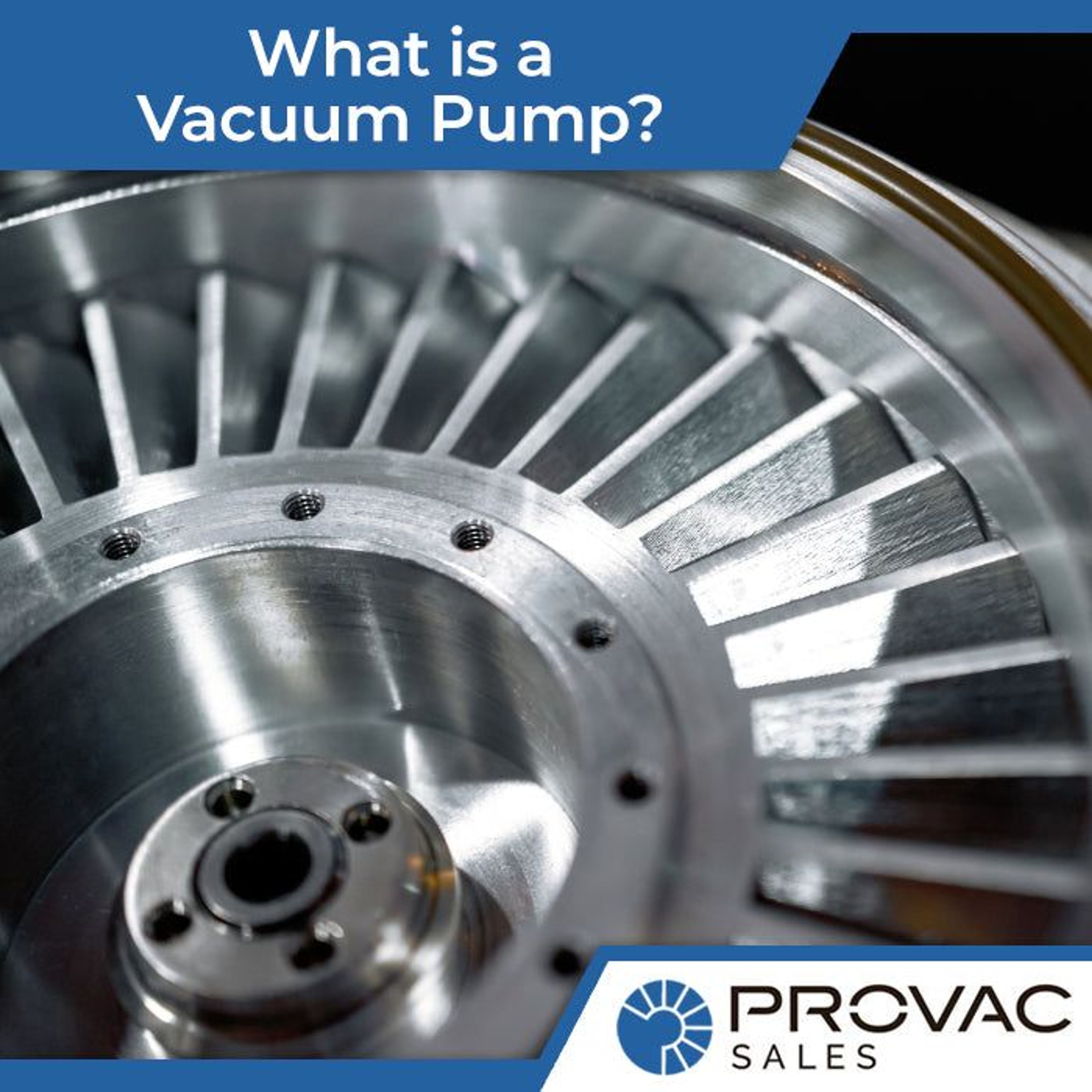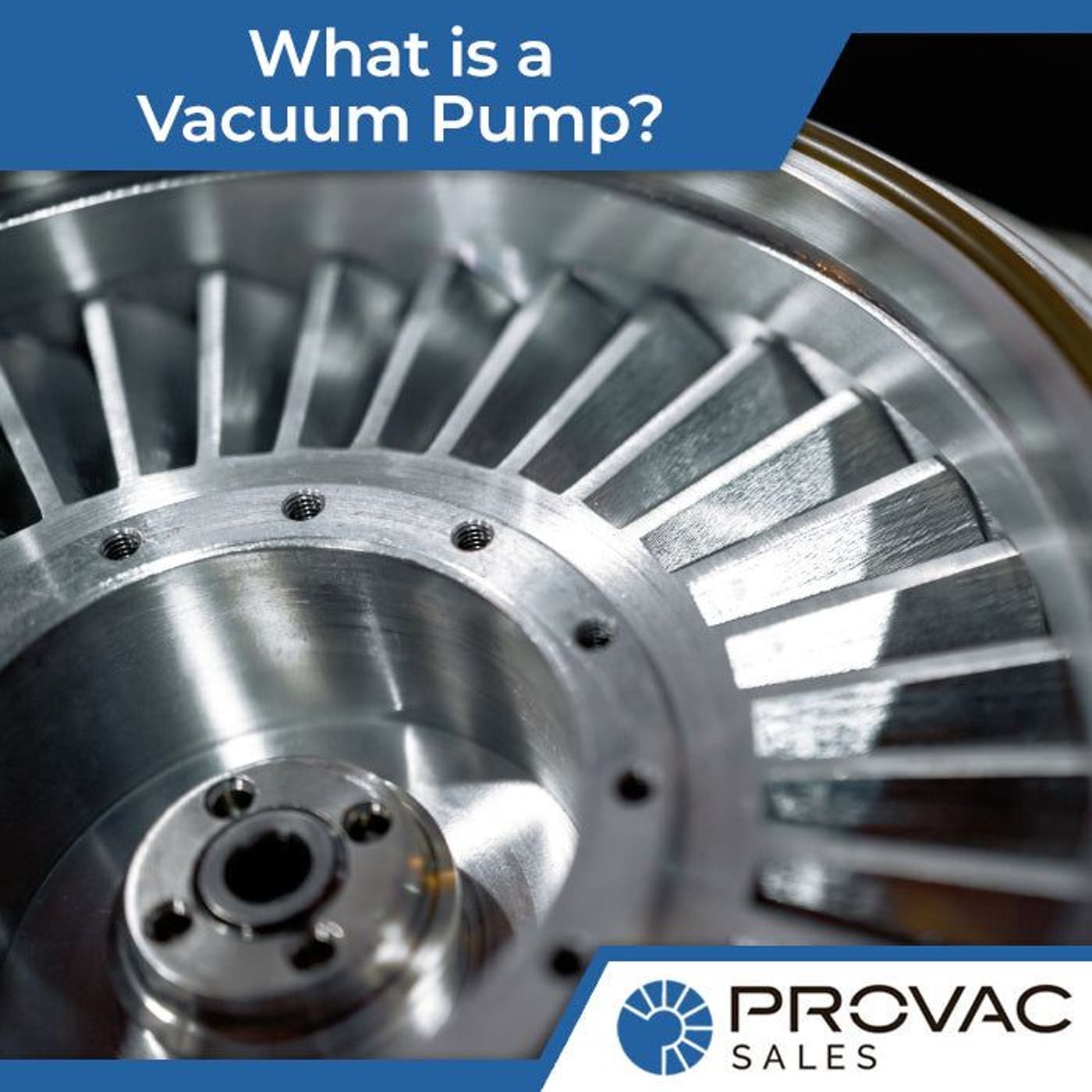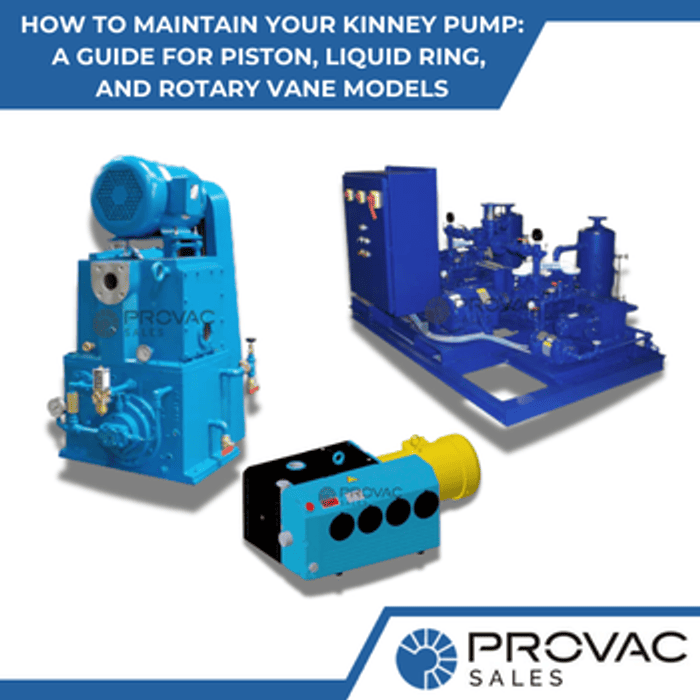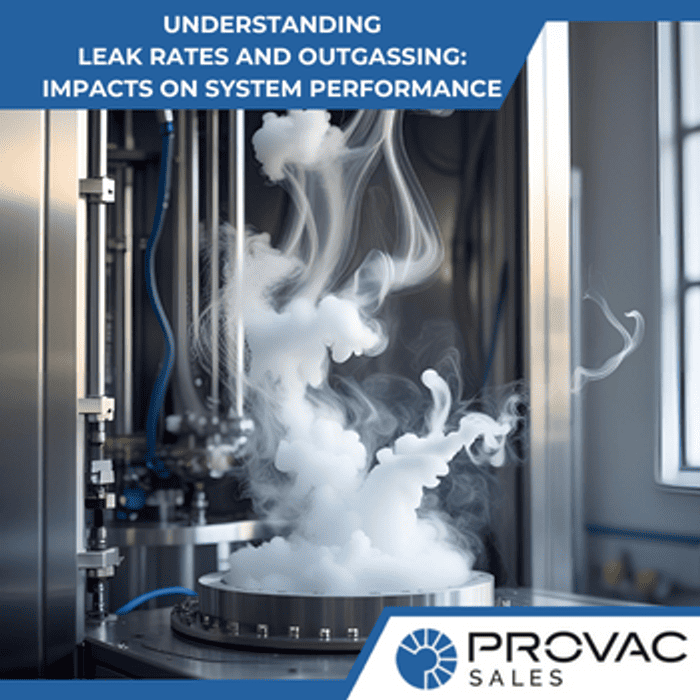Understanding how vacuum pumps work is an essential part of knowing how to operate a vacuum system. Different manufacturers will come up with unique designs for their machines, but the underpinning in the functionality of the vacuum devices and system adheres to the same principles. But even then, the individuality seen in the various vacuum pumps available today cannot be overlooked.
Pump Categories Based on Operating Pressure
 Every pump in every vacuum system is categorized based on its range of operating pressure. Based on this classification, you will find that there are primary pumps for rough vacuum and secondary pumps for high and ultra-high vacuum. Within the pressure range for the vacuum systems and devices are different types of pumps. Each kind runs on unique technology and each boosting of some unique advantages regarding flow rate, pressure capacity, service requirements, and overall costs.
Every pump in every vacuum system is categorized based on its range of operating pressure. Based on this classification, you will find that there are primary pumps for rough vacuum and secondary pumps for high and ultra-high vacuum. Within the pressure range for the vacuum systems and devices are different types of pumps. Each kind runs on unique technology and each boosting of some unique advantages regarding flow rate, pressure capacity, service requirements, and overall costs.
As mentioned, all the vacuum pumps, irrespective of their design, function based on the same primary principle. They will remove air molecules and gases from the vacuum chamber. Removal of molecules will become harder if the pressure in the chamber is reduced. That is why the vacuum systems designed for industrial applications should be able to operate at a very large or high-pressure range. The range can be anywhere between 1 to 10-6 Torr of pressure. Those made for scientific applications will be in a range of 10 – 9 Torr of pressure or lower. To address the disparity, a standard vacuum system will have several different kinds of pumps so that each addresses a particular range of pressure and most of such are set up to operate in series.
From the above information, the grouping of vacuum systems is based on the following pressure ranges:
- Rough or Low Vacuum: Pressures of > Atmosphere to 1 Torr
- Medium Vacuum: Pressure range of 1 Torr to 10-3 Torr
- High Vacuum: Pressure range of 10-3 Torr to 10-7 Torr
- Ultra-High Vacuum: Pressure range of 10-7 Torr to 10-11 Torr
- Extreme High Vacuum: Pressure range of 10-11 Torr
And based on the pressure range of these pumps, the vacuum systems can be classified as follows:
- Primary pumps (Backing pumps) – these are those with the low-pressure ranges.
- Booster pumps – add more pumping speed to primary pumps, but are still in the low-pressure ranges.
- Secondary pumps – they have a high to an ultra-high range of vacuum pressure.
Vacuum Pump Terminology & Definitions
When purchasing a vacuum system, understand two terms that are used regarding the pumps – gas transfer and gas capture. With the gas transfer vacuum pumps, the system works by transferring gas molecules via positive displacement or momentum exchange (which is all about kinetic action). The number of gas molecules that are discharged is the same as those that enter the pump, but the expelled gas is mostly slightly above atmospheric pressure. At the inlet is the lowest pressure compared to the outlet where there is the exhaust pressure and the ratio between the two is what’s known as the compression ratio.
The momentum transfer pumps, which is all about kinetic action works via the use of introduced vapor or high-speed blades that direct gas to the pump’s outlet so that this can increase the chances of an air molecule moving towards the same point. As such, these kinds of pumps can generate significant compression ratios at low pressures, yet they do not have sealed volumes of gas.
Other than the two variations in the inner workings of the pumps, you will also come across two different types of pumps:
- Positive displacement transfer pumps: They trap gas and move it through the pump mechanically in several stages. The isolated volume of air or gas in compressed so that it can be at a smaller quantity with a significant amount of pressure before it is expelled to the atmosphere if not the next pump (if it is a series system). A series set up will produce a higher vacuum and have a better flow rate than when using a single transfer pump. For instance, you get better value when you purchase a vacuum with a turbomolecular pump (has kinetic action) that has a series with a scroll (positive displacement transfer).
- Capture pumps: They capture air molecules on the surfaces within the device and are designed to have run on lower flow rates compared to the transfer pumps. But even then, it is possible to have these pumps generating ultra-high vacuuming power of close to 10-12 Torr. They function based on cryogenic condensation, chemical reaction or ionic reaction. The capture pumps that do not depend on moving parts.
Types of Pumps – an Overview
You will hear some pumps said to be wet pumps and others dry; this is based on their design that will either have gas exposed to water, oil, or other sealants during the process or not. For the wet pumps, these use a liquid which can be water, oil, or other sealant fluid. A natural by-product of wet pumps is small amounts of vapor mist from the exhaust. On the other hand, the dry pumps do not operation using any fluid but on tight clearances between the static and rotating parts of the vacuum pump and the seals. The seals can be a dry polymer or a diaphragm that meant to separate the sweeping mechanism from the pumped gas. With the dry pumps, there is a low risk of contamination in the system compared to the wet varieties.
In general, wet pumps are a more affordable option on initial purchase cost and ongoing maintenance. Wet pumps can be more forgiving to certain types of process byproducts, as their fluid can be flushed when contaminated. Dry pumps have a higher start-up and maintenance cost but have the benefit of no fluids to deal with.





